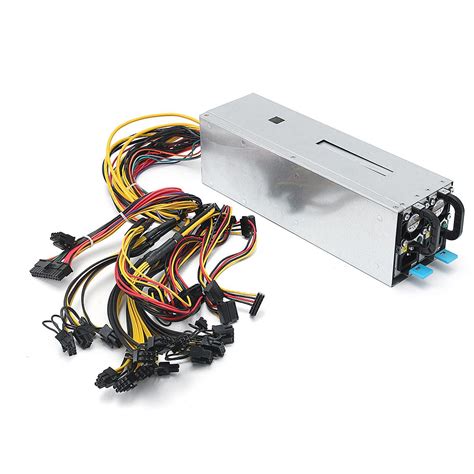Ethereum: Exploring the Role of ASIC Miners in the Blockchain
As a newbie to the world of cryptocurrencies, it’s natural to have questions about how mining works on the Ethereum blockchain. One key aspect of this is the role of ASIC (Application-Specific Integrated Circuits) miners. In this article, we’ll delve into the world of ASIC mining and explore what they actually do.
What are ASIC Miners?

ASIC miners are specialized computer chips designed specifically for cryptocurrency mining. They are used to validate transactions on the Ethereum blockchain by solving complex mathematical problems that require a ton of computing power. The most well-known example of an ASIC miner is the NVIDIA GPU, but other companies like Bitmain and Avalung also produce their own ASICs.
How do ASIC miners work?
When it comes to mining on Ethereum, the process involves several key components:
- Proof-of-Work (PoW): The Ethereum network uses a consensus algorithm called Proof-of-Work (PoW) to validate transactions and create new blocks. Miners compete to solve a complex mathematical puzzle that requires significant computing power.
- Hash functions: Solving the puzzle relies on cryptographic hash functions such as SHA-256 or Keccak-256. These functions take input and create a unique digital fingerprint.
- Miner hardware
: ASIC miners are designed specifically for mining Ethereum. Typically, this is custom-built hardware that consists of multiple graphics processing units that work together to solve the mathematical puzzle.
What do ASIC miners do?
Basically, ASIC miners do a few things:
- Solving math puzzles: The miner’s hardware solves a complex math puzzle, providing it with a large amount of computing power.
- Creating a digital fingerprint: The hash function generates a unique digital fingerprint (or hash) that represents the input and the solution to the puzzle.
- Verifying transactions: The resulting hash is used as “proof” that the miner solved the math puzzle, which in turn verifies transactions on the Ethereum blockchain.
Why do we need ASIC miners?
The demand for ASIC miners has driven up prices, making them more affordable for individuals and businesses. Without ASICs, it would be much harder for miners to compete, leading to a drop in mining speed and costs.
Traditional GPU-based miners, on the other hand, are often better suited for smaller-scale mining of cryptocurrencies like Bitcoin or Litecoin. However, they are not optimized for Ethereum’s unique PoW algorithm, which requires more processing power than the hardware can provide.
Conclusion
ASIC miners play a key role in maintaining the security and stability of the Ethereum blockchain. Their ability to solve complex mathematical puzzles using specialized hardware has enabled the development of a decentralized network that is resistant to centralization and censorship.
By understanding how ASICs work, you will gain a deeper understanding of the underlying technology that powers the cryptocurrency market. If you want to learn more about Ethereum or Bitcoin mining, be sure to check out the minimal Bitcoin miner GitHub repository , which is a great resource for learning about the technical aspects of blockchain development.